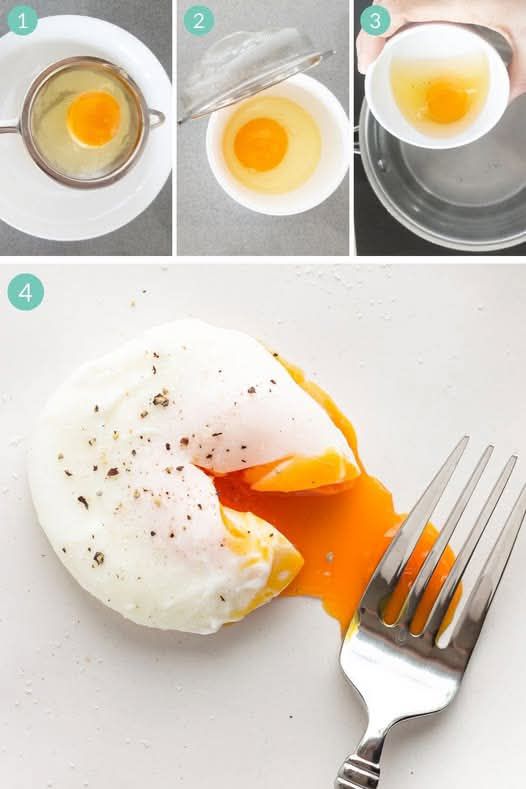ADVERTISEMENT
Perfect Poached Eggs: A Simple Guide to Egg Perfection
There’s something incredibly satisfying about the perfect poached egg. The delicate whites, with their slightly firm texture, and the rich, creamy yolk that spills out with just a gentle poke—poached eggs are the ultimate breakfast or brunch treat. But, despite their seemingly simple nature, poaching eggs can be a bit tricky if you don’t know the right technique. Fear not! With a few easy tips and tricks, you can master the art of poaching eggs and elevate your meals with this deliciously versatile ingredient.
Whether you’re serving them on top of toast, nestled in a bowl of creamy risotto, or as a topping for a salad, this guide will walk you through the steps to make the perfect poached egg every time.
Ingredients:
- Fresh eggs (as fresh as possible for the best results)
- Water
- 1-2 tablespoons vinegar (optional, helps the whites stay together)
- Salt (for seasoning)
- Pepper (optional, for seasoning)
Instructions:
1. Prepare the Water:
Start by filling a medium-sized saucepan with about 3-4 inches of water. Make sure the water is deep enough to submerge the egg completely. Place the saucepan on the stove over medium-high heat and bring it to a gentle simmer. You’re looking for tiny bubbles to form at the bottom of the pan, but you don’t want a rolling boil. If the water is boiling too vigorously, it can break up the egg and ruin the delicate texture.
2. Add Vinegar (Optional):
Add about 1-2 tablespoons of vinegar to the water. This step is optional but highly recommended. Vinegar helps to coagulate the egg whites faster, ensuring that they stay together around the yolk. Don’t worry—your egg won’t taste vinegary, as it’s only a small amount. If you prefer a more natural method, you can skip this step, but it might take a little longer for the egg whites to set.
3. Crack the Egg into a Small Bowl:
While the water is heating up, crack your fresh egg into a small bowl or ramekin. This makes it easier to gently slide the egg into the simmering water without breaking the yolk. Use the freshest eggs possible; the whites of fresh eggs are fir
